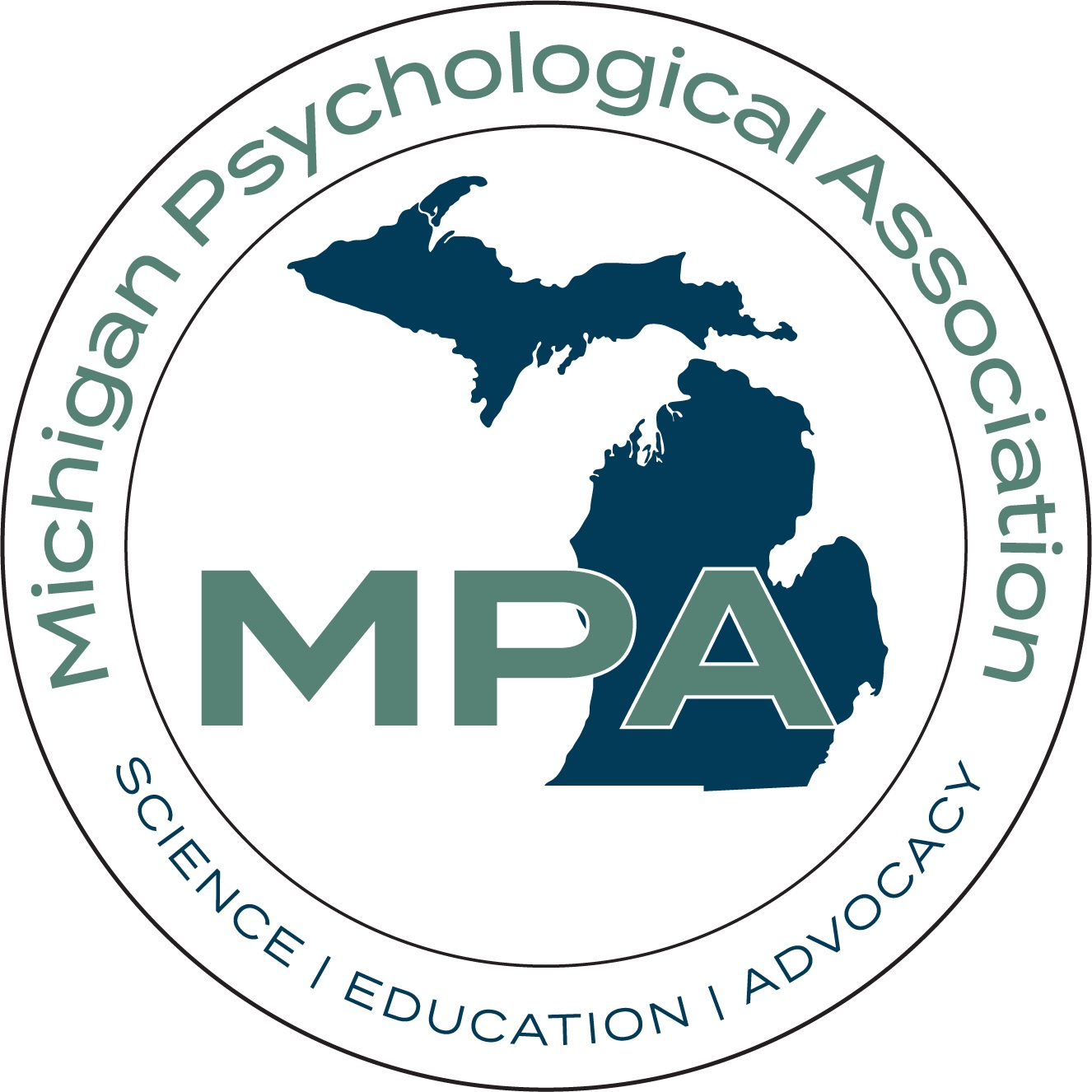What’s New in Psychology?
Pay Attention to Me!
Jim Windell
How do you best get a child’s attention? Get someone to pay attention to what you’re saying? Or best teach new material to students?
While you might direct them to listen to you, generally we want them to look at us while we are delivering our message. In a college classroom, we may encourage our students to look at a visual – say a PowerPoint slide – while we lecture.
Most of us know – perhaps intuitively -- that if others are looking at us while we speak, there’s a better chance our message will be absorbed.
According to researchers at the University of Texas Health Science Center at San Antonio, norepinephrine is a fundamental chemical for certain kinds of brain performance – like focusing our attention. These researchers say there is a neurochemical explanation for why looking at the source of information leads to better attention.
Publishing recently in the journal Science Advances, authors from UT Health San Antonio report that norepinephrine is locally regulated in a brain region called the visual cortex. Prior to the release of this study, other research only hinted at the possibility of local regulation of norepinephrine release; it had never been directly demonstrated.
According to Martin Paukert, MD, assistant professor of cellular and integrative physiology at UT Health San Antonio, and senior author of the study, while Norepinephrine is known to be involved in paying attention, a certain amount of this chemical needs to be released for optimum brain performance and ability to pay attention. Either too much or too little of
It has also been known that certain disease states, such as substance use disorders, Alzheimer's disease, PTSD and ADHD, involve the release of either too much or too little Norepinephrine. For instance, when it comes to some substance use disorders, Alzheimer's and ADHD, the release of norepinephrine is reduced, resulting in lower attention. On the other hand, in PTSD, the level is too high.
The findings of Paukert and his team also extend to cells called astrocytes that function as helper cells in the brain and central nervous system. “When a person makes a movement, such as turning the head to listen to a parent, and that is combined with visual stimulation, then more norepinephrine is released where visual information is processed,” comments Paukert. “Our second finding, also important, is that astrocytes can reliably detect the rate of norepinephrine release.”
Paukert added that understanding norepinephrine release, its local regulation and the astrocyte response may represent a mechanism by which one could enhance sensory-specific attention. Having shown that Norepinephrine is regulated by the visual cortex, further research will explore attention and the visual cortex.
To read the original article, find it with this reference:
Shawn R. Gray, Liang Ye, Jing Yong Ye, Martin Paukert. Noradrenergic terminal short-term potentiation enables modality-selective integration of sensory input and vigilance state. Science Advances, 2021; 7 (51) DOI: 10.1126/sciadv.abk1378




